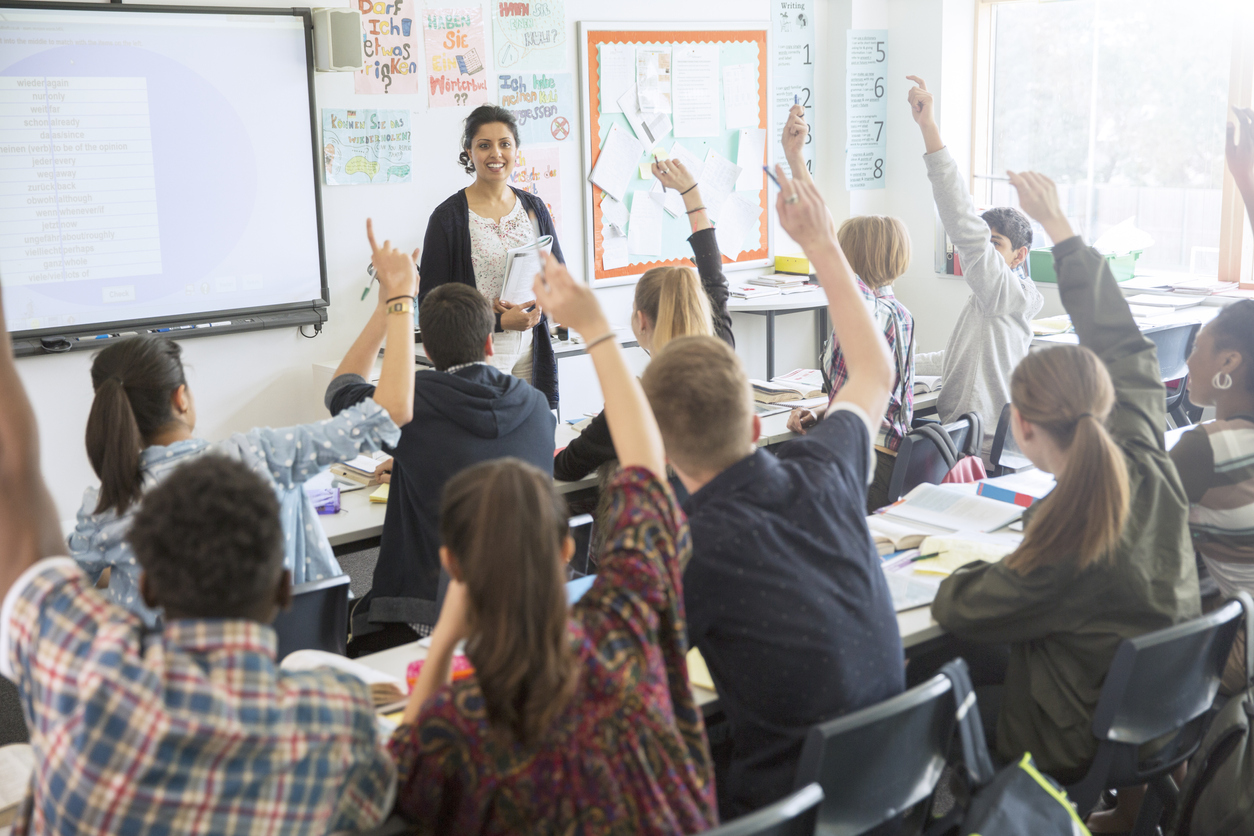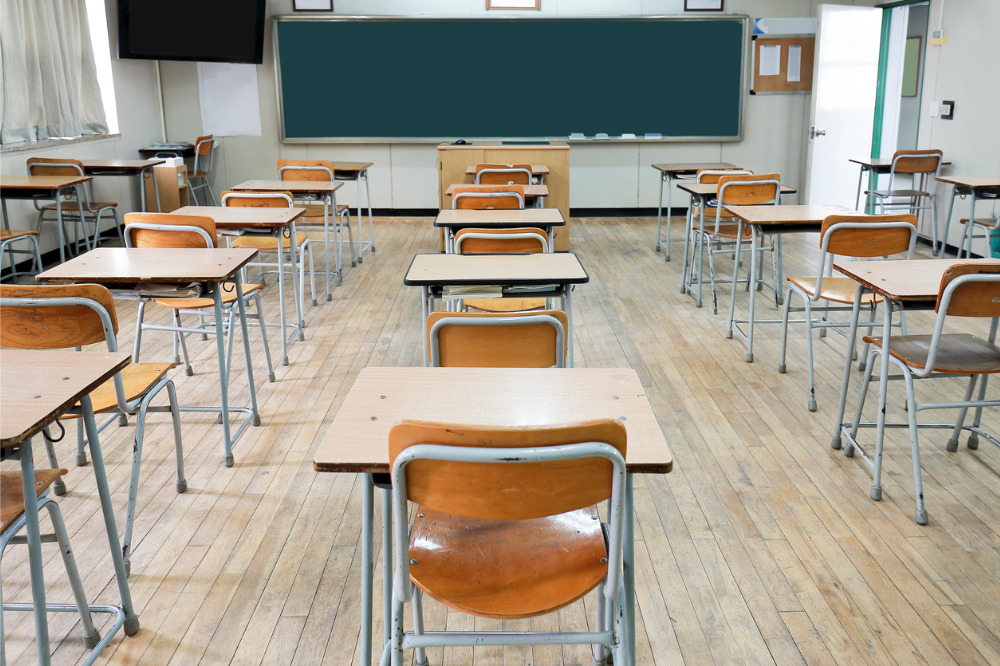Get Top Results with Primary Science Tuition Singapore from Experienced Tutors
Get Top Results with Primary Science Tuition Singapore from Experienced Tutors
Blog Article
Exploring the Various Mentor Techniques in Key Science Education And Learning Today
Inquiry-based discovering, hands-on experiments, and the assimilation of modern technology are redefining exactly how educators engage young minds. Furthermore, joint techniques and separated guideline are being employed to cater to the diverse needs of students, improving both engagement and understanding.
Inquiry-Based Knowing
Inquiry-Based Knowing (IBL) is a pedagogical strategy that motivates students to discover scientific concepts via doubting, examination, and hands-on experimentation. This method emphasizes the role of pupils as energetic participants in their learning, promoting critical reasoning and analytic abilities. By involving with real-world questions, pupils end up being interested and motivated, which boosts their understanding of clinical principles.
In IBL, teachers work as facilitators, guiding students as they browse their queries instead of delivering information straight. This student-centered technique permits distinction, accommodating various learning styles and paces. Trainees create skills in creating theories, creating experiments, and analyzing information, which are important for clinical proficiency.
Furthermore, IBL fosters cooperation amongst trainees, encouraging them to share searchings for and ideas. This cumulative inquiry advertises social abilities and a sense of neighborhood within the class. Furthermore, the process of questions motivates resilience, as trainees discover to embrace failure as a tipping stone towards understanding.
Hands-On Experiments
Hands-on experiments are an important element of reliable science education, enhancing the concepts of inquiry-based learning. These experiments permit trainees to engage directly with clinical ideas, fostering a deeper understanding with experiential discovering. By adjusting products and observing results, young students can understand abstract concepts in concrete means.
Such tasks advertise crucial thinking and analytical skills, as trainees assume results, conduct experiments, and evaluate results. This procedure motivates them to ask concerns, improve their understanding, and develop a clinical mindset. Moreover, hands-on experiments can be customized to diverse discovering styles, guaranteeing that all students have the opportunity to engage meaningfully with the content.
Moreover, hands-on experiments commonly motivate collaboration among peers, advertising team effort and communication abilities. Working in groups allows students to share concepts, review findings, and gain from one another, which boosts their general educational experience.
Including hands-on experiments into the main science educational program not just improves the discovering setting yet also grows a lifelong passion in science. By actively joining their education, trainees are most likely to create an interest for scientific questions that extends beyond the class.

Modern Technology Integration
Incorporating innovation right into main scientific research education and learning has actually come to be significantly vital in fostering trainee involvement and enhancing finding out results. Using electronic devices, such as interactive simulations, online labs, and instructional software, gives students with opportunities to check out scientific concepts in innovative methods. These resources facilitate a deeper understanding of intricate topics by permitting learners to visualize and manipulate variables that would certainly be not practical in a typical class setting.
In addition, technology assimilation motivates personalized finding out experiences. Trainees can advance at their own speed, reviewing challenging concepts through multimedia resources, which satisfy various discovering designs. This flexibility not only supports individual development Homepage but likewise grows a feeling of autonomy in learners.
Furthermore, technology offers as a bridge to real-world scientific research, connecting trainees with existing research and professional contributions. Access to on the internet databases and scientific journals expands pupils' viewpoints on clinical questions and fosters essential thinking abilities.
Collaborative Learning
Joint knowing plays a vital function in key scientific research education and learning by promoting team effort and communication abilities amongst trainees. This method encourages students to interact, share understanding, and engage in analytic, which improves their understanding of clinical principles. By joining team activities, students find out to articulate their concepts, pay attention to varied viewpoints, and bargain options, all of which are important skills in both academic and real-world contexts.

Research shows that collective knowing can lead to enhanced motivation and engagement in science topics, as pupils discover pleasure in shared experiences (primary science tuition Singapore). Furthermore, this technique click here to find out more prepares trainees for future joint endeavors, furnishing them with the skills needed for effective synergy in college and expert atmospheres. Ultimately, accepting collaborative knowing in main science education and learning can substantially enrich the learning experience and advertise a much deeper understanding of clinical inquiry
Distinguished Direction

Separated guideline can show up in various ways, such as differing the web content, processes, or items of learning. As an example, educators might use tiered tasks that give differing levels of intricacy, allowing pupils to operate at their particular readiness degrees. Furthermore, versatile grouping techniques can promote cooperation amongst students with different abilities, promoting peer understanding.
Assessment plays a vital role in this strategy, helpful resources as it informs guideline and aids educators recognize each pupil's one-of-a-kind demands. Formative evaluations, such as observations and quizzes, can guide educators in readjusting their techniques to boost discovering results. primary science tuition Singapore. Eventually, by executing separated guideline in main science education, teachers can cultivate a much more efficient and fair discovering atmosphere, encouraging all students to reach their complete capacity in understanding clinical phenomena
Final Thought
In summary, the varied training approaches in key science education and learning, consisting of inquiry-based knowing, hands-on experiments, modern technology combination, collaborative learning, and set apart direction, jointly add to an extra efficient knowing atmosphere. These techniques advertise critical thinking, problem-solving skills, and a much deeper comprehension of scientific principles. By executing these approaches, teachers can create helpful and appealing class that address the varied needs of pupils, eventually promoting a lifelong passion in scientific research and boosting scholastic achievement.
Inquiry-Based Understanding (IBL) is an instructional method that urges trainees to explore scientific concepts via wondering about, investigation, and hands-on testing.Collaborative understanding plays a crucial function in key science education and learning by fostering team effort and interaction abilities amongst trainees.Research study shows that collective discovering can lead to raised motivation and engagement in science subjects, as students discover enjoyment in common experiences.In cultivating a comprehensive discovering setting, distinguished guideline emerges as a vital technique to suit the varied demands and capacities of students in key scientific research education and learning. Eventually, by implementing set apart direction in main science education and learning, teachers can cultivate a more efficient and equitable understanding atmosphere, encouraging all students to reach their complete possibility in comprehending scientific sensations.
Report this page